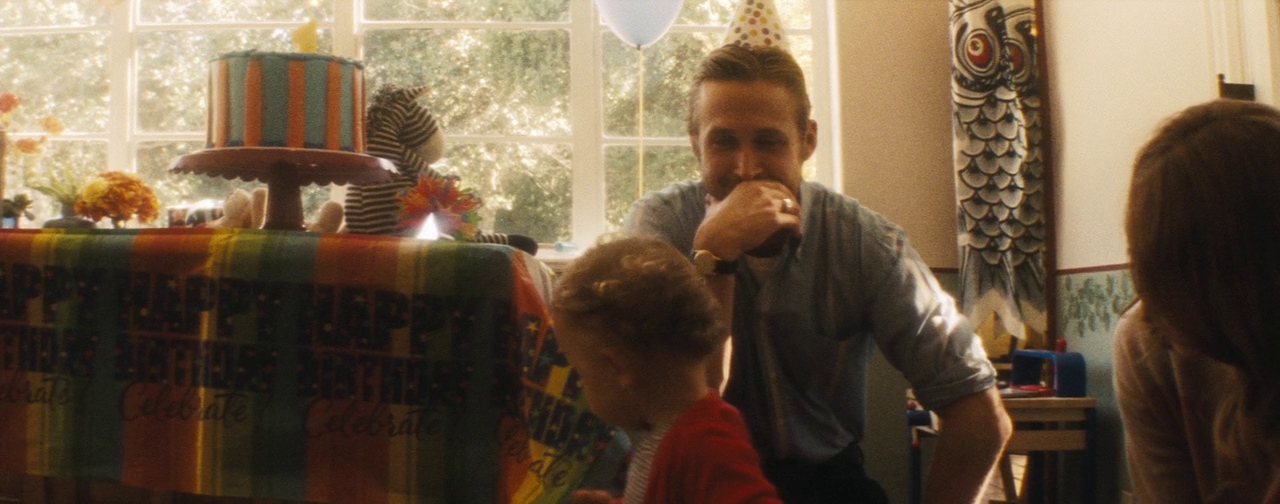

“That’s L.A. They worship everything and they value nothing.”
Original musicals aren’t exactly selling like hotcakes these days, but after his jazz-centric Whiplash turned out a minor hit, Damien Chazelle doubled down with a full blown song-and-dance romantic comedy that proves old-fashioned showmanship still has a place in cinema.1 There have been numerous attempts to recapture the magic of classical Hollywood musicals like Singin’ in the Rain, The Band Wagon, and The Umbrellas of Cherbourg, but none have resurrected the spirit of that golden age and pulled it into the modern era as smoothly as La La Land.
A tribute to born artists who struggle to achieve commercial success despite untold personal sacrifices, Chazelle’s elliptical film centers on the brief romance between hopeful jazz club owner Sebastian (Ryan Gosling) and aspiring actress Mia (Emma Stone). Both are dreamers living in Hollywood who are looking for a breakthrough that aligns with their passions. Neither are willing to sell out, and when they happen to meet, their love for one another proves catalytic. As they grow closer, however, their passions and ambitions begin to shift. Maybe a steady gig is more important than playing the starving artist. Maybe pursuing a conventional career is more sensible than subjecting oneself to the humiliation of never getting a callback. In La La Land as in real life, dreams can be blessings or curses. They can unite us but also drive us apart. They can give our lives meaning but also torment us.

It’s not an especially original story, but that’s kind of the point. Just like the great musicals of yore, La La Land is less dependent on its narrative than on its highly stylized production and the charm of its performances. The way the lighting constantly shifts focus and colors to accentuate characters’ moods and attentions. Linus Sandgren’s penchant for gliding and swish panning his camera around the set without a cut (although there might be a handful that are disguised). The natural chemistry between Gosling and Stone, who, it must be said, both exhibit the magnetism of bonafide movie stars as they move from singing and dancing to comedy and drama and romance. The juxtaposition of winking melodrama with genuine emotion. The expression of emotional states through choreography. The deep cut references to jazz history and idiosyncratic flirtations (at one point Sebastian suggests that holding your keyfob up to your chin turns your head into in antenna so that you can locate your car from further away; it slowly gives you cancer, but you find your car quicker, so it all kind of balances out, right?). Occasionally it gets a little bit carried away, especially during an abstract sequence at the Griffith Observatory that mimics a similar one from Michael Powell and Emeric Pressburger’s The Red Shoes, but even then there’s a definite sense of enchantment when Sebastian lifts Mia into the air and realizes that gravity has lost its hold on them.

The music was composed by frequent Chazelle collaborator Justin Hurwitz, and lyrics provided by songwriting duo Benj Pasek and Justin Paul. Incorporating Broadway, big band, and jazz styles—with occasional interruptions from Sebastian’s soulless work in an ‘80s cover band and a stint in a cornball jazz fusion band fronted by John Legend—the soundtrack is crowned by a wonderful piano ballad entitled ‘City of Stars’. Its simple musical refrain carries as much power as any of the lyrics found in the whole film. Gosling (who previously dabbled in the music world with Dead Man’s Bones, a gothic indie rock album made with buddy Zach Shields in lieu of producing a monster-themed musical) and Stone both handle all their own singing, and Gosling also trained on the piano so that Chazelle wouldn’t be forced into awkward cuts to disguise his lack of ability. Their dancing and singing certainly never approach the likes of Fred Astaire and Ginger Rogers, but the competent authenticity of their performances overpowers their evident lack of extensive experience.
Even so, the film’s highlight might be its bravura opening sequence that sees dozens of drivers stuck in a freeway traffic jam taking part in a choreographed song and dance number. Actually, no, it’s definitely the sublimely poignant expression of the path not taken and the irreversibility of time that comes when the couple’s paths cross again after five years apart and they simultaneously experience a transcendent vision of the shared life they might have had. As they watch a flickering projection on grainy home video of memories that don’t exist, ‘City of Stars’ plays with a tinny filter that makes it sound as if it were issuing from a worn down record.
With cine-literate references dripping out its ears, La La Land is self-consciously paying homage, and yet it manages to transcend its basic nostalgic framework and discover its own identity, delivering the best integration of music, theme, story, and production value since… I don’t know, sometime well prior to my first breath, maybe even my parents’.
1. Chazelle’s debut independent feature, the black-and-white Guy and Madeline on a Park Bench, is also a musical.